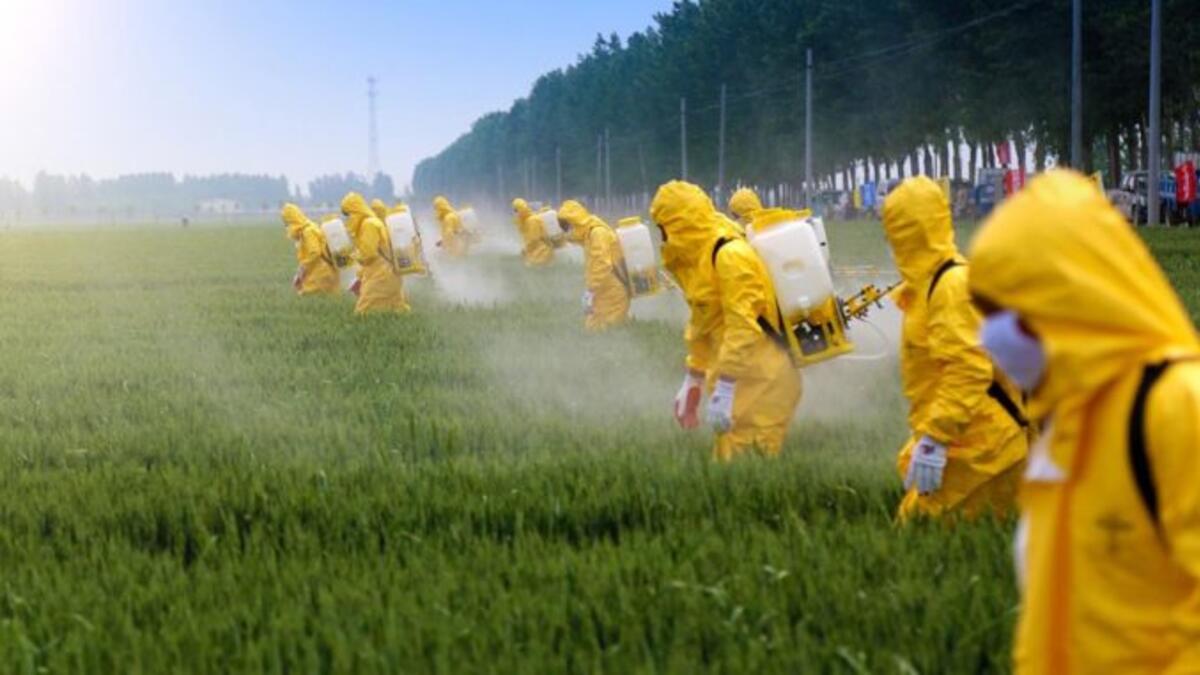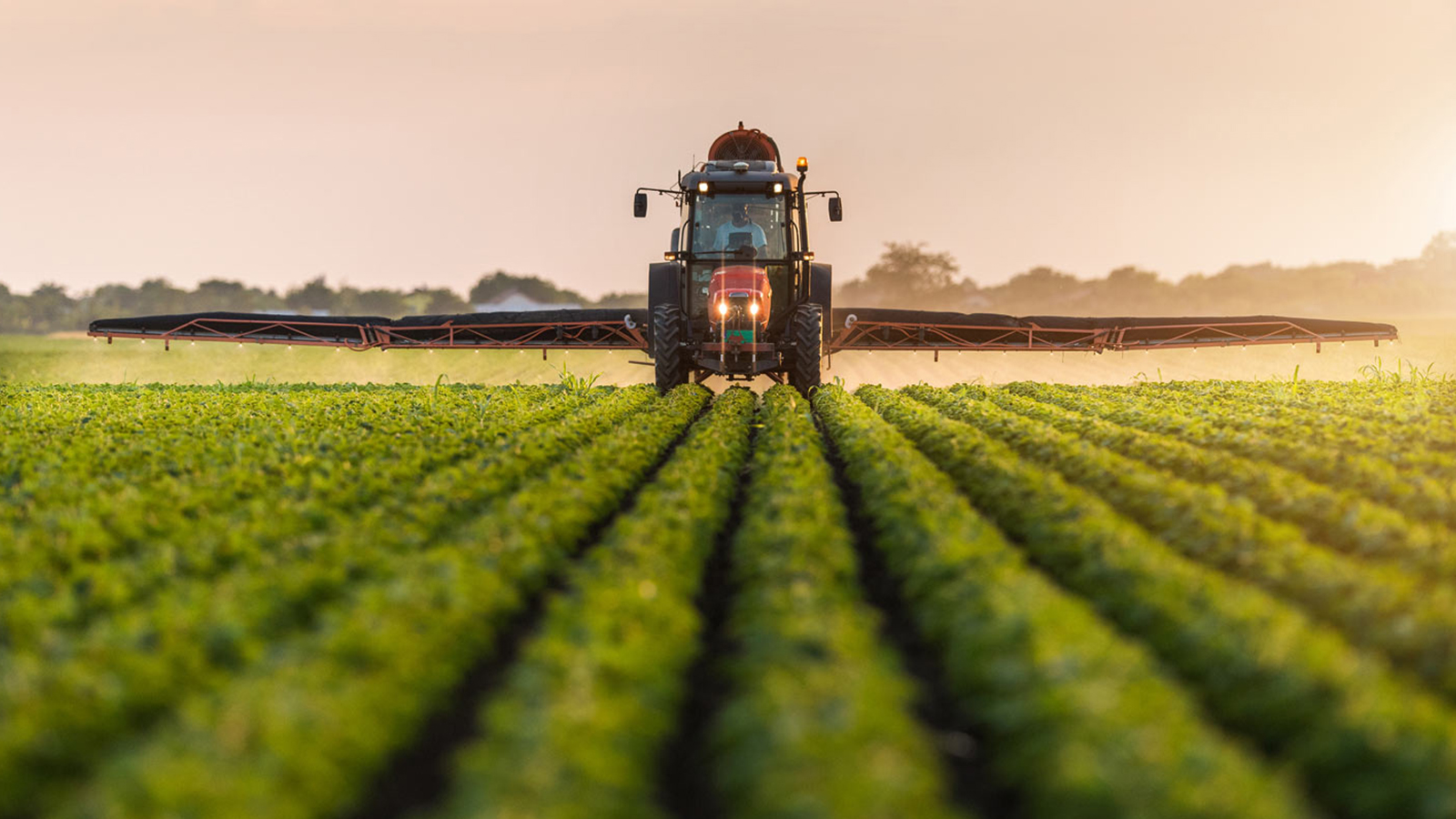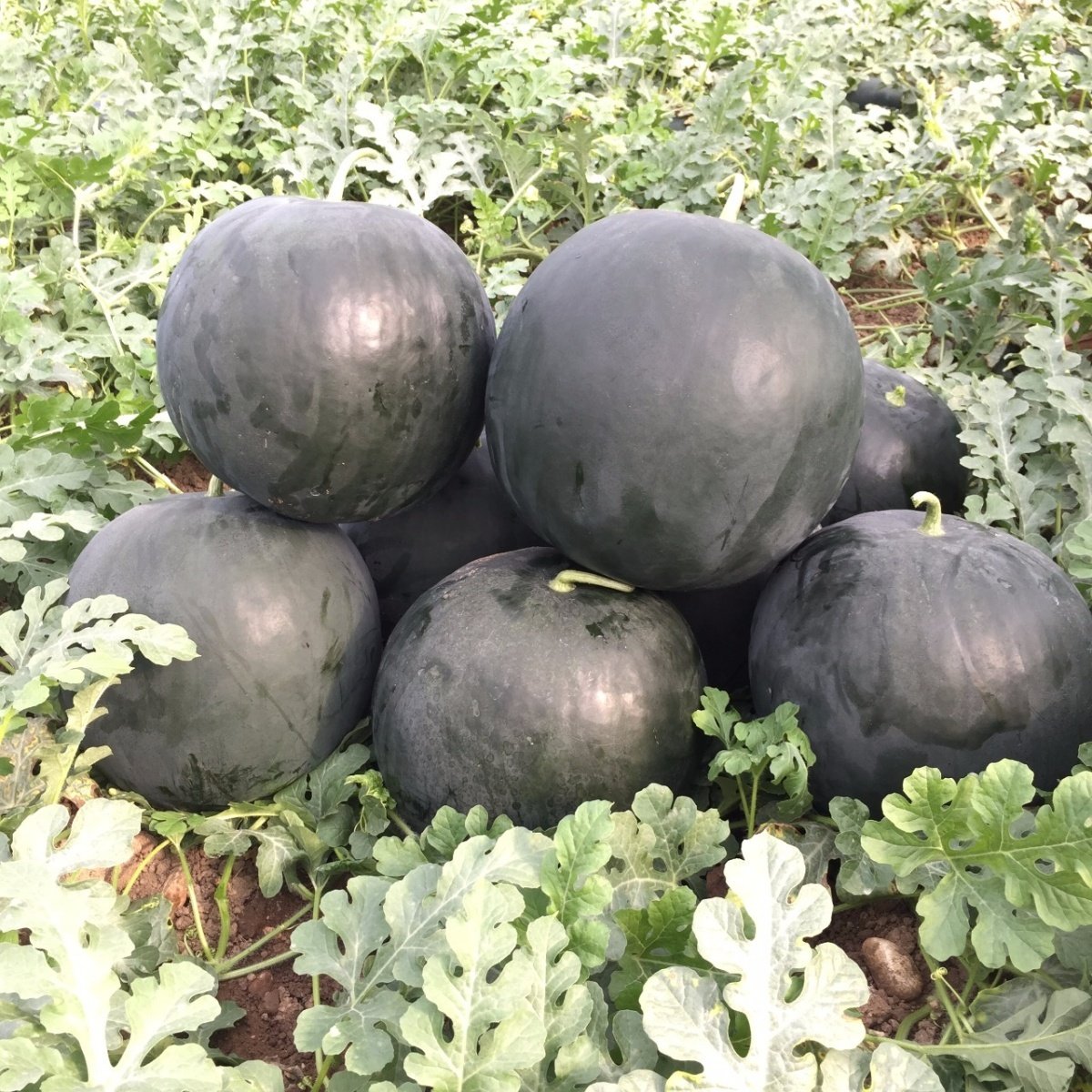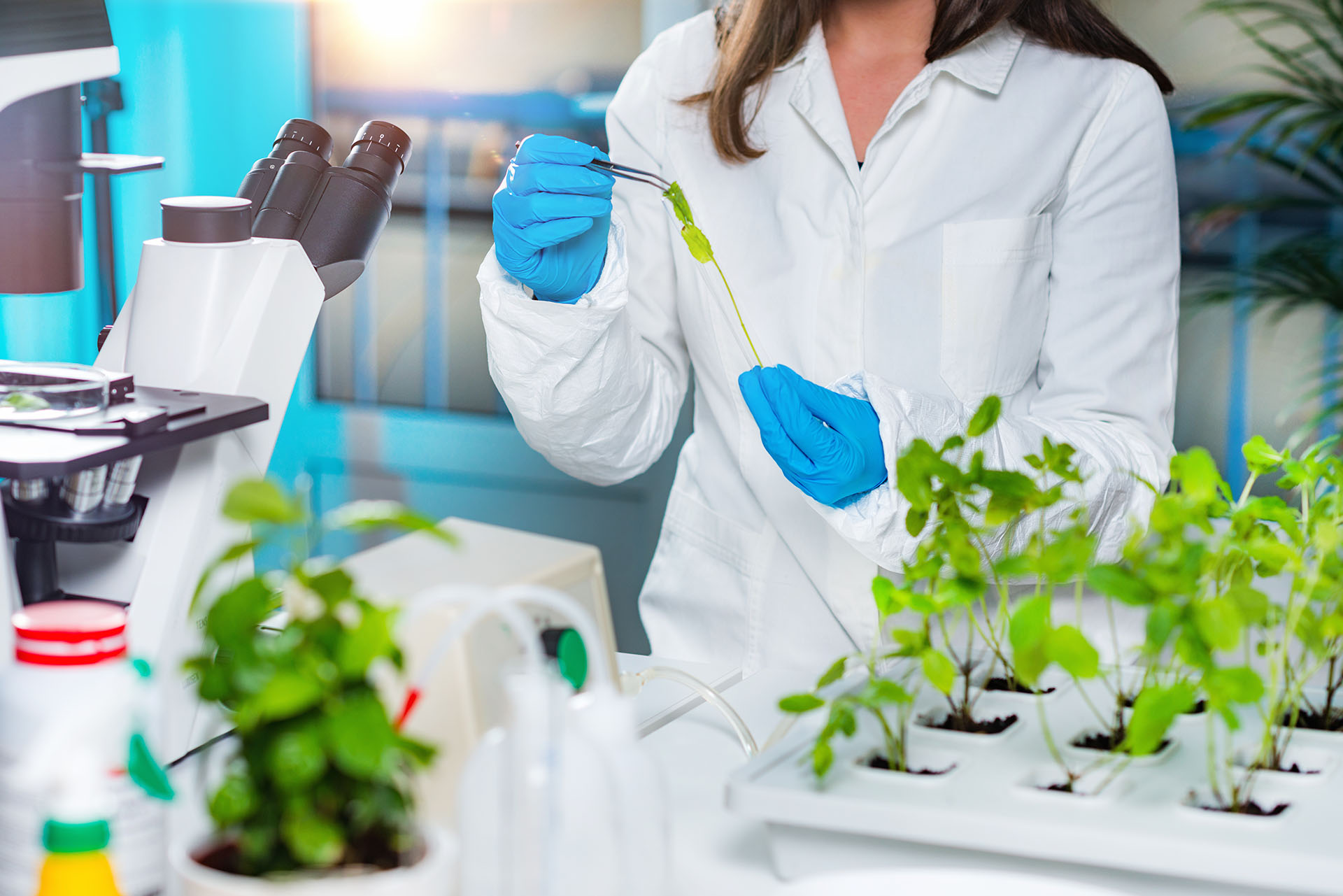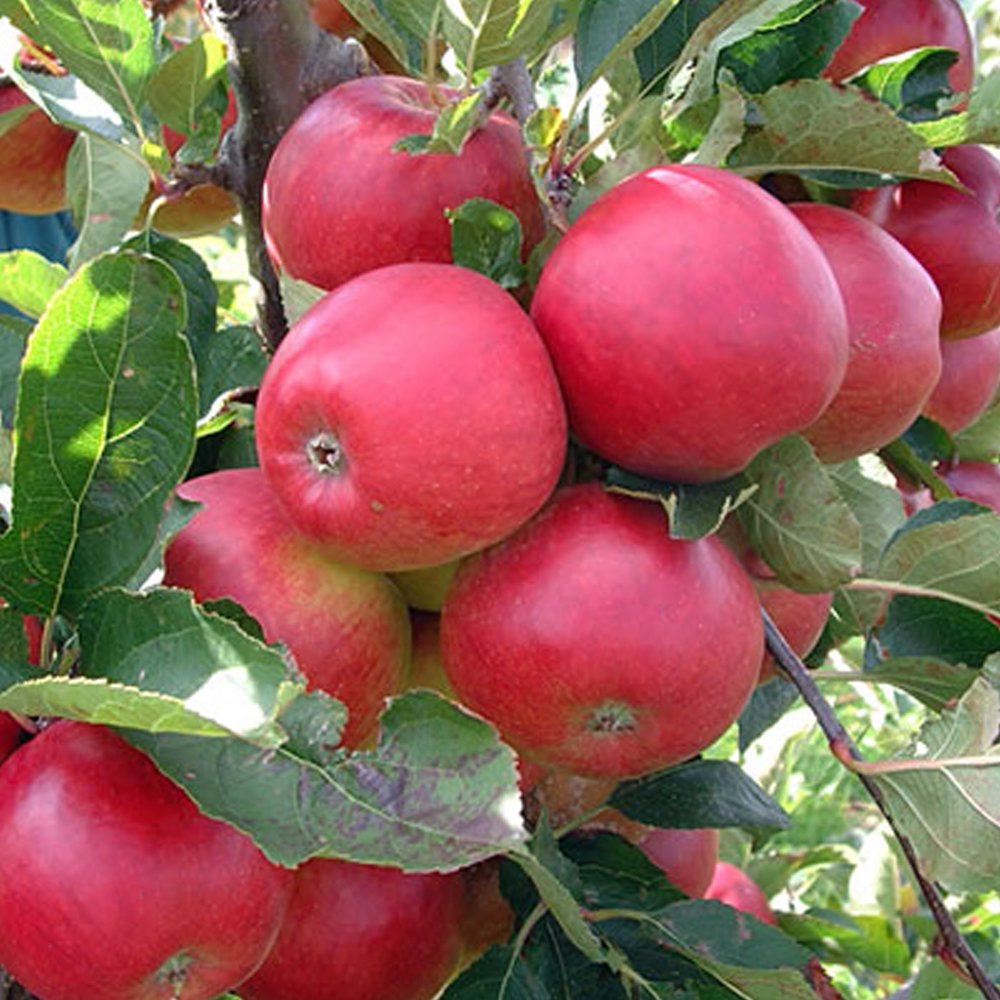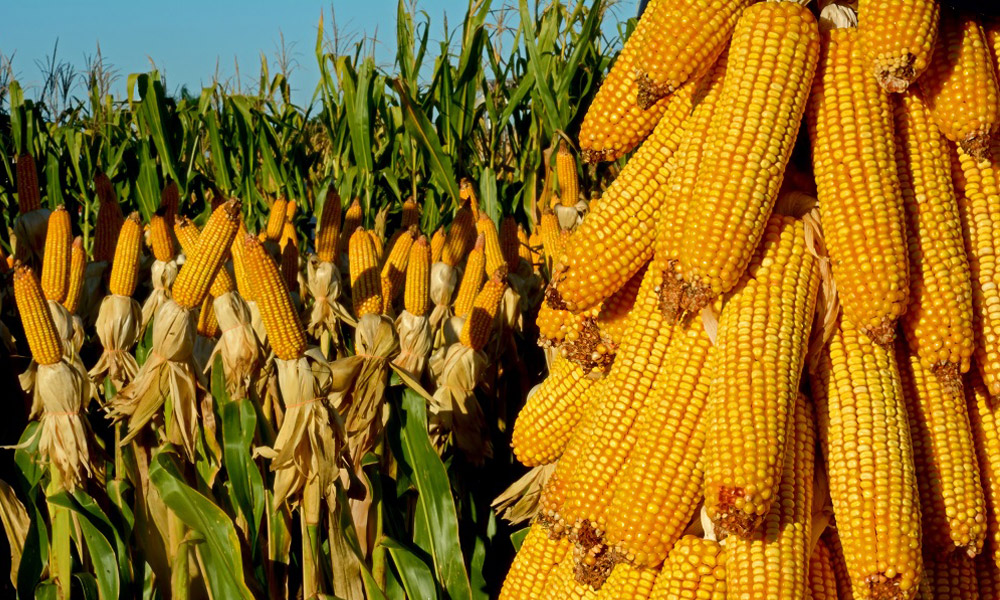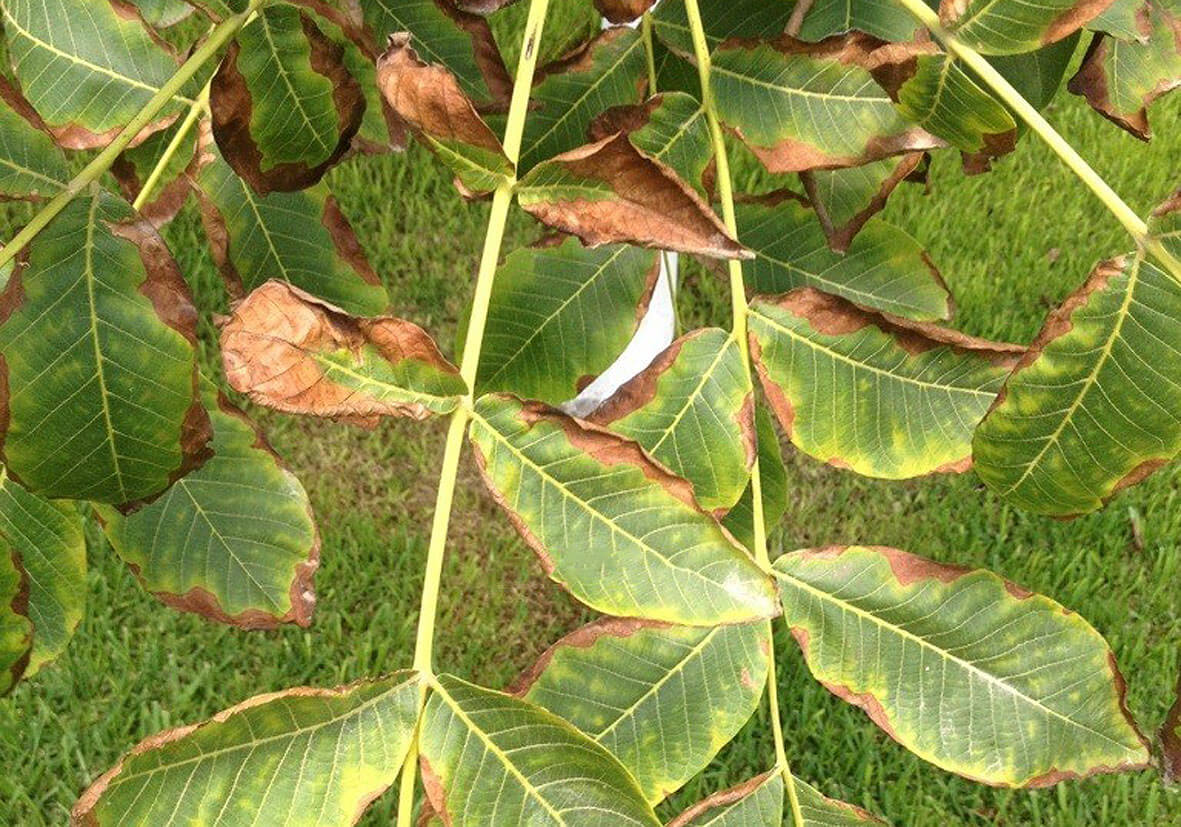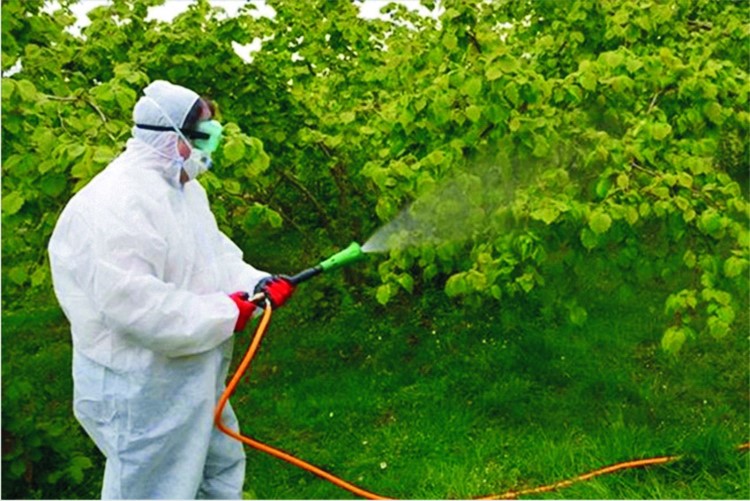
Chemical Struggle With Plant Diseases
Chemical combat or chemical warfare is a form of struggle against some of the disease agents by using some chemicals.
It still continues to be the most applied method of struggle in our country and in the world. We can list the reasons for this as follows:
1. To see the results of chemical control in a short time
2. It is very easy to apply
3. It is more economical in many cases than other methods of struggle.
We generally call the drugs used in chemical control as Pesticides.
These take different names depending on the targeted pathogenic organism or pest.
To pesticides that kill fungi ........... Fungicide
Bactericide to pesticides that kill bacteria ...........
Pesticides that kill viruses ................ Viricide
Pesticides that kill weeds are called ........... Herbicides.
Today, viruses are not used practically. Although antibiotics are effective as bacteria, they are not used in practice because they are not economical. However, some fungicides have a bactericidal effect. For example, some copper preparations are also effective for bacterial diseases. Therefore, more fungicides will be mentioned under this title.
The mode of action of fungicides either reduces the infection by increasing the host's resistance to the pathogen, or they act directly on the pathogen itself. The effect here works by preventing the synthesis of some of the main substances of the cell wall of the pathogen or by creating a number of complexes that will damage the cell wall. In this way, they inactivate some necessary coenzymes of the pathogen, causing the pathogen proteins to degrade.
